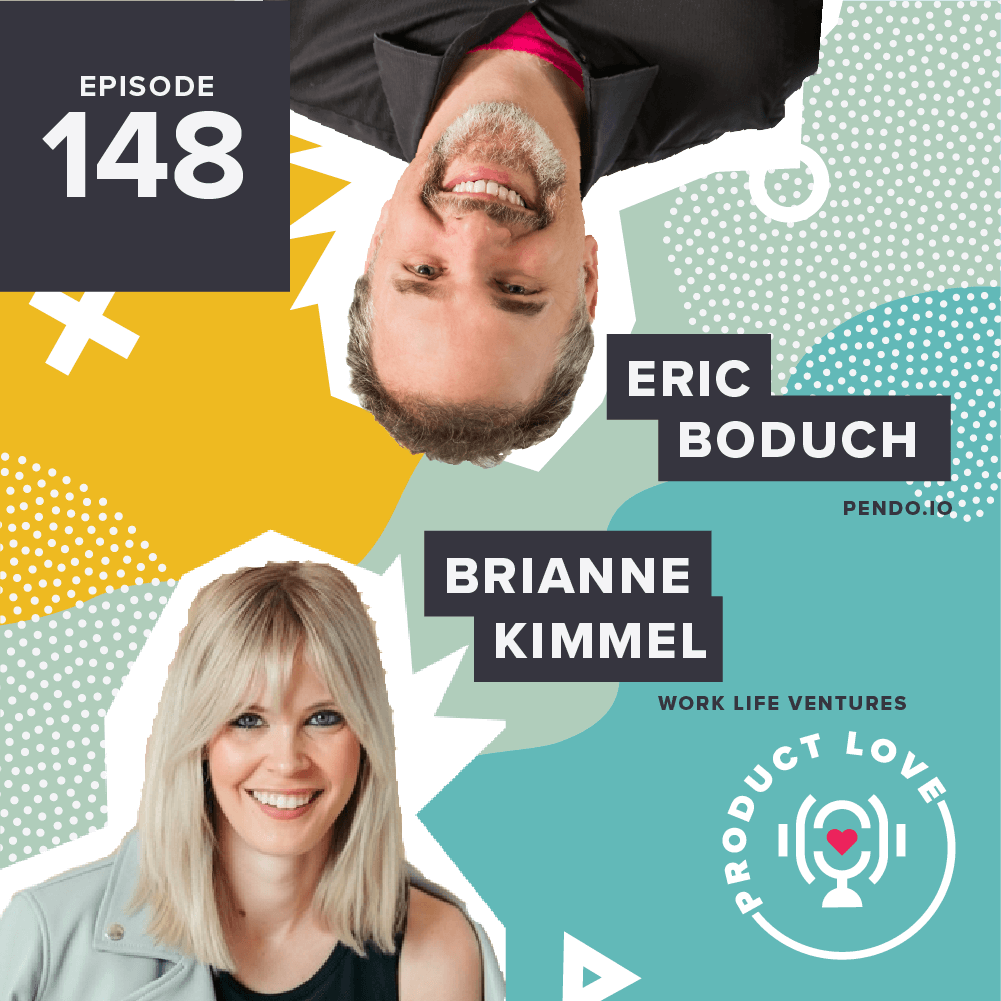This week on Product Love, I sat down with Des Traynor, chief strategy officer at Intercom, a customer and conversational relationship platform.
Des was fascinated by the early days of the web, particularly with usability and computer-human interaction. He followed some of the earliest blogs on these same topics, which later prompted him to become a usability analyst for a consultancy.
Like Slack and Twitter, Intercom came out of solving a problem for another company. Des and Intercom’s co-founder realized that there were a lot of people trying to run SaaS organizations, but there was still no structured way for SaaS companies to talk to customers. They built Intercom as a solution. Now, after working across Intercom in all of its departments (The hardest? Marketing), he is their chief strategy officer and manages all R&D efforts.
In this week’s episode, we dive into product frameworks, managing interdepartmental friction, and prioritization in a tsunami of feedback.
Product frameworks
Like most startups, Intercom was initially engineering-constrained. But these are the same constraints that teach teams how to prioritize what’s most important to build. In order to build a successful product, a shared context is absolutely necessary. Teams need to be empowered with the overarching vision and mission. Ask them this question: What does it look like when they’ve succeeded?
Intercom’s mission is to make internet business personal, and so all of the decisions they’ve made have originated from that ethos. Their framework cascades and trickles down to the rest of their teams. While they have a very long horizon, they break it down to what teams might be doing that cycle, who might break it down even further to what they’re trying to accomplish in a week.
The first principle in building their product starts with an understanding of the problem. The core idea is that the solution has to always be for the customer. Building something just because the competition has it never works. The second principle is to think big and start small. Des says you can’t hack something at the door — there has to be a bigger picture there. And the third principle is that they ship to learn. They built an entire product around customer feedback, so getting the product out there is absolutely crucial.
Managing interdepartmental friction
Because product sits at the intersection of so many teams, both feedback and friction are constant challenges. How do you ease that friction to make sure each department is working toward a common goal? And how do you move past friction to create a collaborative environment?
According to Des, the answer lies in how you design the teams and the relationships between them. At Intercom, they have twenty-five teams, and each team includes a PM, a designer, and an engineering manager. Together, they act as a type of triad. These teams then roll up to different groups, which in turn roll up to VPs.
One team can’t succeed without the other succeeding, which emphasizes the importance of shared initiatives. There’s simply no incentive to isolate yourself or your own small group from the larger picture.
Prioritization in a tsunami of feedback
In addition to friction, working with other departments comes with what Des calls a “tsunami of feedback.” How do you manage such a large volume of feedback, and what’s the best way to prioritize the tsunami?
The PM is in charge of sizing these feature requests, which requires evaluating each one through a variety of lenses. One key lens is sales. Will the company lose business over this request if it is not completed? What’s the numeric value of lost revenue? Another is engineering. What’s the scope of the engineering work this feature will require? Does it threaten our velocity as a company — will this feature slow us down?
The PM has to find a path that serves everyone, from the sales teams to the engineering team all the way up to the C-suite.
This episode is full of great tidbits about understanding customer feedback, as well as finding product-market fit as a first-time founder. Listen above.


